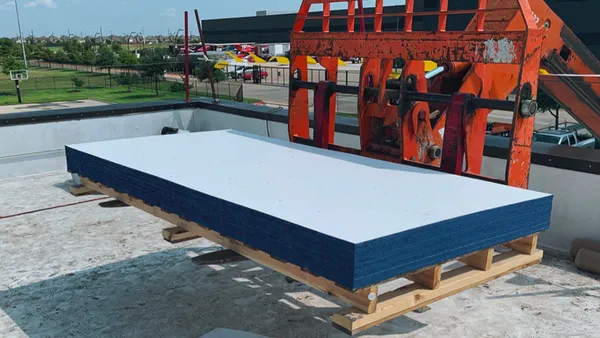The U.S. EPA recently released the sixteenth version of its Waste Reduction Model, an online template and downloadable spreadsheet that estimates the greenhouse gas emissions, energy savings and economic impacts from different materials management practices.
The new version, which underwent a peer review, became available for public comment on Dec. 26.
WARM is often used by municipalities or other local entities to make decisions about waste practices. The model, which allows users to input the waste they’re looking to manage, recognizes 61 materials including various kinds of paper, metals, organics, mixed plastics and construction materials. The model then allows users to compare the results from implementing source reduction, recycling, composting, anaerobic digestion, combustion and landfilling, with current practices used as a baseline.
The update to the model includes changes to underlying assumptions regarding several materials, including food waste, mixed electronics and wood product C&D materials. EPA also updated economic factors that are used in the model, a spokesperson for the agency said via email.
The EPA cautions that WARM is a "comparative tool rather than a comprehensive measurement tool," and thus cannot be used for greenhouse gas inventories. Nevertheless, it's been around for more than 25 years — the agency published its first version in 1998.
Over the years, the model has evolved to provide greater detail on the kinds of emissions produced, the number of material inputs and various assumptions about the transport and production of wasted products, among other changes. It published version 15 in 2019 and subsequently modified it several times. That version included a suite of new measurements regarding the economic impact of materials management, including potential benefits from waste reduction or “alternative waste management practices.”
In the peer review for version 16, the agency asked experts to weigh in on several underlying assumptions in the model, including the carbon offset by generating energy through waste combustion rather than typical power generation. It also asked multiple questions about the accuracy of the model’s carbon sequestration and emission assumptions.
The agency plans to incorporate feedback it receives from the peer review and public comments into the model for version 16. The comment period closes Feb. 9.











